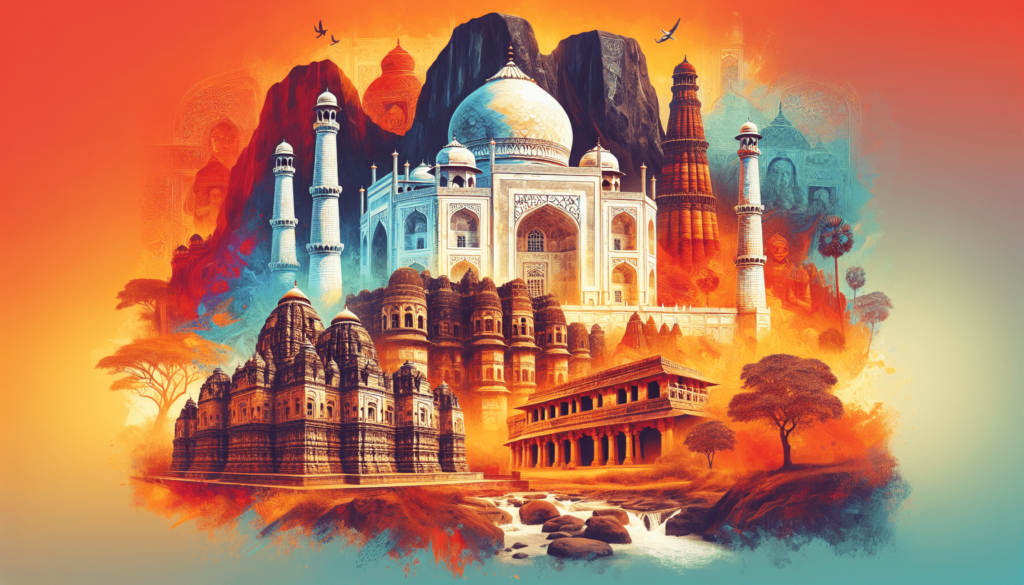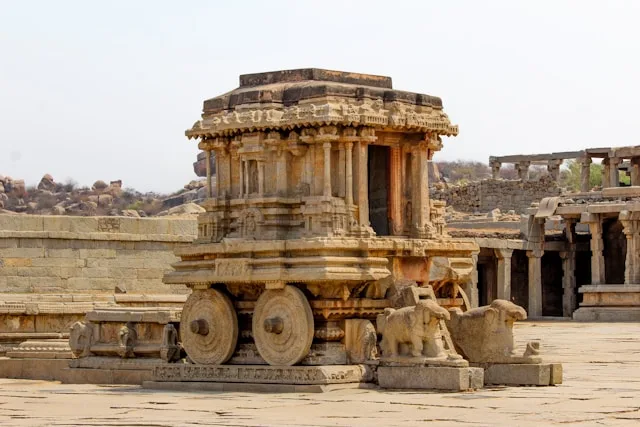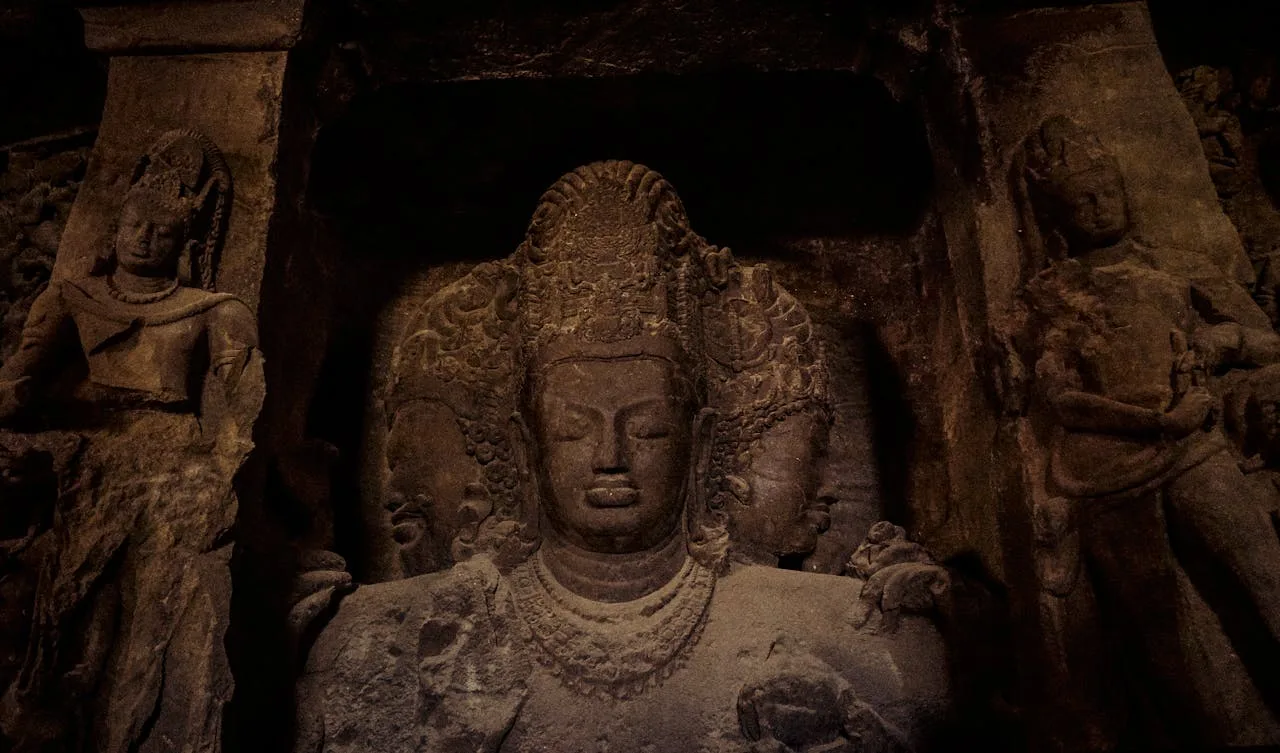Explore India’s Cultural Heritage: Top UNESCO Heritage Sites
Taj Mahal
History and Significance
The Taj Mahal is a breathtaking architectural wonder located in Agra, India. Built by the Mughal emperor Shah Jahan in memory of his beloved wife Mumtaz Mahal, this iconic white marble mausoleum is a symbol of eternal love and beauty. Its intricate design and exquisite craftsmanship showcase the grandeur of Mughal architecture.
Architectural Marvel
The Taj Mahal’s symmetrical layout, intricate carvings, and stunning dome make it a masterpiece of architectural design. The intricate marble inlay work and lush gardens surrounding the monument add to its charm and beauty.
Symbol of Love
As one of the seven wonders of the world, the Taj Mahal is not just a tourist attraction but a symbol of everlasting love that transcends time.
Visiting Information
When you visit the Taj Mahal, be prepared for large crowds, especially during peak tourist seasons. Remember to respect the site’s cultural significance and follow any guidelines for visitors.
Exploring India’s Rich Cultural Heritage: Top UNESCO World Heritage Sites
Embark on a journey to explore the vibrant history and architecture of India by visiting its top UNESCO World Heritage Sites. As you delve into the historical significance of these sites, you will be mesmerized by the Red Fort, a majestic symbol of Mughal architecture in Delhi.
Historical Background
Built in the 17th century by Emperor Shah Jahan, the Red Fort served as the main residence of the Mughal emperors for nearly 200 years.
Architectural Features
Its imposing red sandstone walls, intricate marble inlays, and ornate domes showcase the grandeur of Mughal design.
Key Attractions
Don’t miss the Diwan-i-Khas (Hall of Private Audience) and the stunning Moti Masjid (Pearl Mosque) within the complex.
Plan your visit to the Red Fort during the daytime to fully appreciate its beauty and historical significance.

Qutub Minar
History and Importance
The Qutub Minar, located in Delhi, is a UNESCO World Heritage Site known for its historical significance and architectural beauty. Built by Qutb-ud-din Aibak in the 12th century, this towering minaret stands as a symbol of India’s rich past and cultural heritage.
Architectural Brilliance
The Qutub Minar showcases intricate carvings and inscriptions from the Islamic era, reflecting the architectural brilliance of that time. The red sandstone and marble used in its construction add to its grandeur and historical charm.
Quwwat-ul-Islam Mosque
Adjacent to the Qutub Minar is the Quwwat-ul-Islam Mosque, one of the oldest mosques in India. This mosque is a blend of Hindu and Islamic architectural styles, making it a unique and fascinating site to explore.
When visiting the Qutub Minar, make sure to admire the intricate details of the minaret, explore the surrounding archaeological complex, and learn about the rich history of this UNESCO World Heritage Site.
India is home to a plethora of UNESCO World Heritage Sites that showcase its rich cultural heritage. One such site is Fatehpur Sikri, a historical town located near Agra.
Imperial City
Fatehpur Sikri was once the capital of the Mughal Empire and is renowned for its well-preserved architecture and strategic planning. The imperial city offers a glimpse into the opulent lifestyle of the Mughal rulers and their court.
Mix of Architectural Styles
The architectural style of Fatehpur Sikri is a blend of Persian, Indian, and Islamic influences, creating a unique and stunning aesthetic. The intricate carvings, beautiful domes, and sprawling courtyards are a testament to the craftsmanship of the artisans of that era.
Buland Darwaza
One of the most iconic structures in Fatehpur Sikri is the Buland Darwaza, a grand gateway that signifies victory. It is a massive structure that impresses visitors with its sheer size and intricate design.
You can explore Fatehpur Sikri by hiring a guide or opting for a self-guided tour. The site is open to visitors throughout the year, and it is advisable to plan your visit during the cooler months for a more comfortable experience.
Hampi
Are you ready to immerse yourself in the ancient ruins and rich cultural tapestry of Hampi? This UNESCO World Heritage Site in India is a treasure trove of history waiting to be explored. As you wander through the ancient ruins, you will be transported back in time to a glorious era of the Vijayanagara Empire. The religious and cultural significance of Hampi is palpable as you visit awe-inspiring landmarks such as the Virupaksha Temple.

Ancient Ruins
The ruins of Hampi are a testament to the craftsmanship and architectural prowess of the bygone era. You can marvel at the intricately carved stone structures and soak in the grandeur of the Vijayanagara Empire.
Religious and Cultural Significance
The Virupaksha Temple, dedicated to Lord Shiva, stands as a symbol of spiritual devotion and architectural brilliance. The temple complex is a hub of religious activities and cultural celebrations, offering a glimpse into the rich heritage of India.
When planning your visit to Hampi, make sure to check the opening hours and entry fees to make the most of your experience. Don’t forget to immerse yourself in the local culture and cuisine for a truly enriching journey.
Elephanta Caves
The Elephanta Caves, located on an island near Mumbai, are a remarkable example of rock-cut architecture in India. As you explore these caves, you will be captivated by the intricate sculptures depicting Hindu gods and goddesses. The sculptural marvel of these caves is truly awe-inspiring, with each carving displaying exquisite craftsmanship and attention to detail. The cave temples within the complex serve as a peaceful sanctuary, inviting you to reflect on India’s rich cultural and religious heritage. When visiting the Elephanta Caves, make sure to take your time and admire the beauty of these ancient structures. To reach the island, you can take a ferry from Mumbai, which adds to the adventure of your journey. Don’t miss the opportunity to experience the spiritual and artistic essence of the Elephanta Caves during your exploration of India’s UNESCO World Heritage Sites.

Khajuraho Group of Monuments
The Khajuraho Group of Monuments is a renowned UNESCO World Heritage Site in India that showcases exquisite sculptures and architecture. The site is famous for its Erotic Sculptures, which depict various aspects of human life and relationships. These intricate carvings are a unique representation of ancient Indian art. Additionally, the monuments are rich in Religious Symbolism, with sculptures of gods, goddesses, and mythological figures adorning the temples. The Temple Complex consists of stunning structures dedicated to Hindu and Jain deities, featuring intricate designs and elaborate detailing. When planning your visit, keep in mind that the best time to explore the site is during the early morning or late afternoon to avoid crowds and enjoy the serene ambiance. Don’t miss the opportunity to witness the beauty and history of the Khajuraho Group of Monuments.
Ajanta and Ellora Caves
Exploring India’s Rich Cultural Heritage can be a fascinating journey through time, especially when visiting the Ajanta and Ellora Caves. These ancient Buddhist and Hindu caves are renowned for their exquisite artwork, depicting religious themes and stories. The highlight of the Ellora Caves is the Kailash Temple, dedicated to Lord Shiva, carved out of a single rock. The intricate carvings and detailed sculptures in these caves will leave you in awe of the craftsmanship and devotion of the artisans who created them. When visiting these UNESCO World Heritage Sites, make sure to take your time exploring each cave and admiring the beautiful artwork. Remember to respect the cultural significance of these sites and follow the visiting information provided to ensure a memorable and respectful experience.
Sundarbans National Park
The Sundarbans National Park is a must-visit UNESCO World Heritage Site in India due to its unique biodiversity hotspot. As one of the largest mangrove forests in the world, it is home to the iconic Royal Bengal Tigers. Witnessing these majestic creatures in their natural habitat is a truly unforgettable experience. The park also boasts a wide variety of bird species, reptiles, and mammals, making it a paradise for nature lovers.
Biodiversity Hotspot
The Sundarbans National Park is recognized for its exceptional biodiversity, with numerous species of flora and fauna thriving in this diverse ecosystem.
Mangrove Forests
The vast mangrove forests not only provide shelter to a wide range of wildlife but also act as a natural barrier against storms and tidal waves.
Royal Bengal Tigers
The park is famous for its population of Royal Bengal Tigers, offering visitors a rare chance to spot these magnificent creatures up close.
When visiting the Sundarbans National Park, make sure to book a guided tour to fully appreciate the beauty and significance of this UNESCO World Heritage Site. India is home to some of the most breathtaking UNESCO World Heritage Sites, each offering a glimpse into the country’s rich cultural heritage.
One of the must-visit sites is the Jaipur City Palace, a majestic blend of Rajasthani and Mughal architecture. As you wander through the palace complex, you’ll be awe-inspired by its intricate details and stunning courtyards. Don’t miss out on exploring Chandra Mahal, the exquisite residence of the royal family. The palace is not just a historical wonder but a living heritage that still houses the descendants of the royal family. If you plan on visiting, make sure to check the visiting information beforehand to make the most of your experience. Jaipur City Palace is a true testament to India’s royal past and architectural brilliance.



